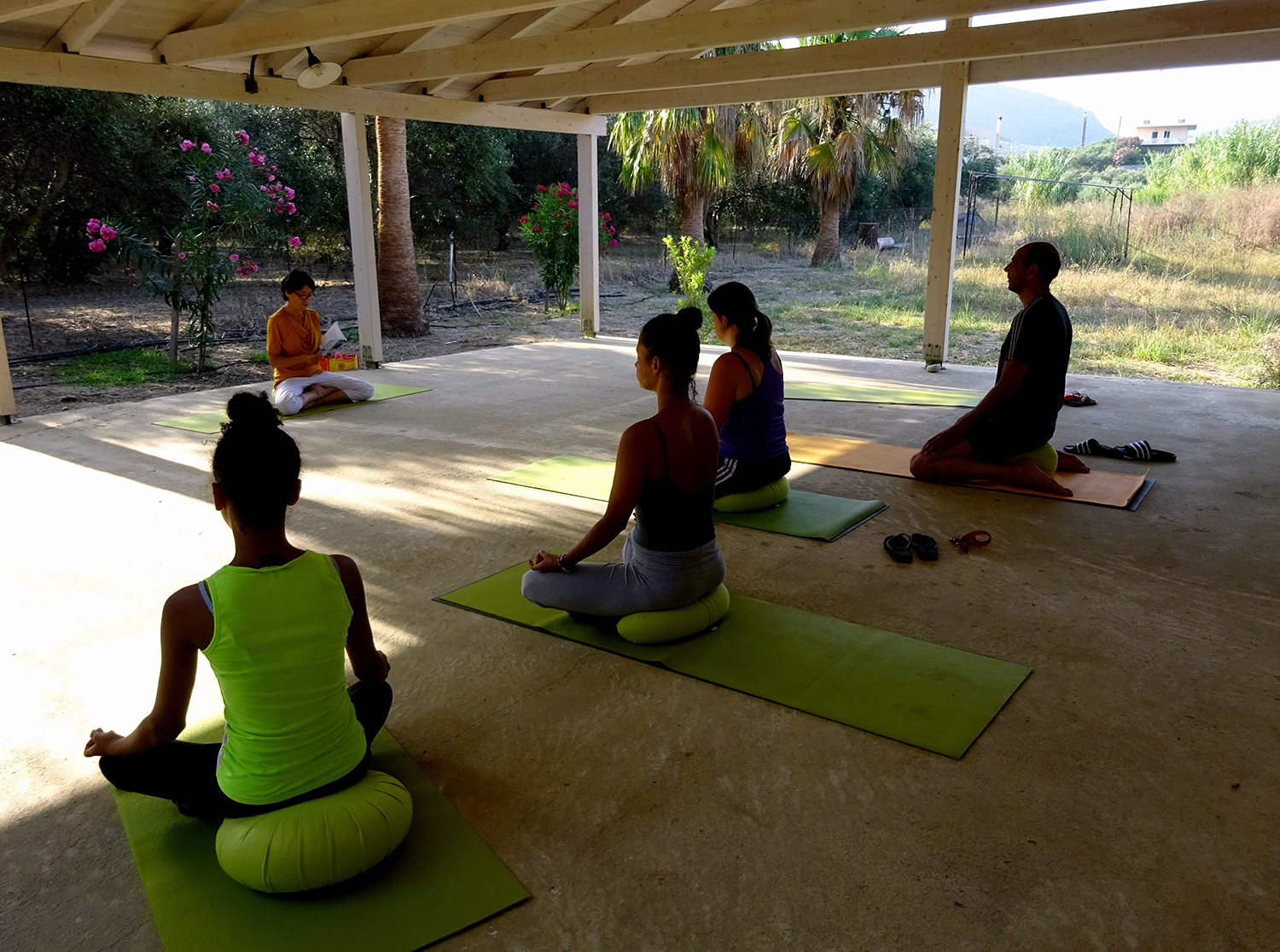One spring afternoon in 2014, I drove through rural Maryland’s rolling hills five miles under the speed limit. My auburn Subaru hatchback felt like a bowling ball beneath me, heavy on the pavement. Dogwood trees dangled fragrant white flowers along the roadside. Bumble bees hovered in the surrounding soy bean fields.
Though 28 years old, I felt 15 again, new to driving, but confident instead of anxious. There was nowhere else to be but gliding down an unfamiliar two-lane road. And I wasn’t anywhere else—I was fully and completely present, awake to my senses.
No, I wasn’t high. I’d just meditated—a lot. An hour before, a bell had rung to end two-and-a-half days of no talking, no internet, no social media, no books — nothing but eating, sleeping, and meditating.
Before that long weekend, called a “retreat” in meditation circles, I’d never felt the need to face what was going on inside of me. If I was unhappy, which I often was in those days, the problem was outside, in my “lifestyle”—and so was the solution.
I went on diets, changed jobs, saved money, went back to school, slept more, you name it. Nothing seemed to perk me up for more than a few days or weeks.
Contentment, like I felt on that drive, was even more elusive, as though what I truly wanted was perpetually off in a future I couldn’t even describe. When I was really feeling down, I’d smoke some pot, crack open a beer, and light up a cigarette, often alone.
That first retreat was a mind-bender, to say the least.
In the middle of all the silence, I saw how often my thoughts wandered away from the present moment—pretty much all the time.
While doing walking meditation in the woods near the retreat center, I saw how rarely I felt happy, content, satisfied, even just okay.
As I stood in line for lunch, I saw how much I judged other people because of their shoes, how they walked, what they ate, i.e., everything but who they really are.
During meditation periods, I saw how much I judged myself for not showing up on time, meditating the “right” way, paying attention, feeling back pain, i.e., everything but who I really am.
In other words, I began to notice how often my mind was on autopilot and how little control I had over what was going on inside of it.
That’s what meditation does: it creates a tiny gap between thoughts and the thinker of those thoughts, a.k.a., consciousness. This gap—called “mindfulness”—is the seed of a truly revolutionary inner freedom.
To be sure, meditation is not a replacement for therapy. Every single one of us has emotional wounds that need unpacking with professional help, someone who can hear our pain and suffering without taking it personally.
Meditation can’t do that. It can help you see how you’ve developed habits and behaviors to escape having to deal with your wounds. But it can’t fully heal those wounds.
Yet, that first retreat set me off on a search for healing. I caught a glimpse of a much bigger, fuller, and more dynamic life, and I committed to cleaning up what was in the way of living it. (I’ve still got a long way to go.)
After that weekend, meditation became not only a daily habit but also a daily obligation. An obligation to never forget what I felt on that drive, what Zen Buddhists call “beginner’s mind,” and to do what it takes every day to remember.
Want to be more mindful?
I’ve come up with a cheat sheet to help you start and stick with a regular meditation practice. Get it for free here.
Listen to my podcast Meditation for the 99%
On Meditation for the 99%, I take meditation out of faraway monasteries,expensive retreat centers, and Corporate America, and bring it to work, relationships, and, especially, politics. Listen everywhere podcasts are available.
